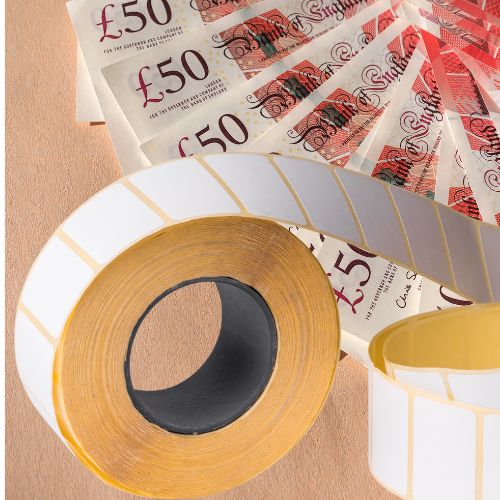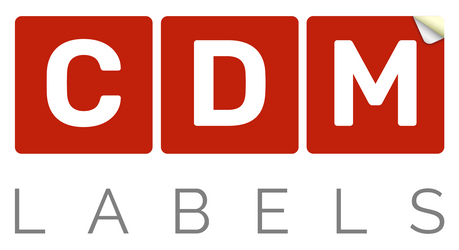
Why are Thermal Labels So Expensive
Thermal labels are a staple in many industries, known for their efficiency and durability. However, their cost can sometimes be a sticking point for businesses, especially those evaluating their operational expenses. This blog post will explore the various factors contributing to the high cost of thermal labels, and whether their benefits justify this expense.
Technology Behind Thermal Labels
Thermal labels are produced using two main technologies: direct thermal and thermal transfer. Each method uses heat to produce printed labels, but the processes are distinctly different:
- Direct Thermal Labels: These labels require heat-sensitive materials. The printer head directly burns the image onto the label, which changes colour to form the desired print. No ink, toner, or ribbon is necessary, which simplifies the process but requires more expensive, heat-sensitive materials.
- Thermal Transfer Labels: This method uses a thermal print head to transfer wax or resin-based ink from a ribbon onto the label. The labels themselves can be less expensive, but the need for ribbons adds to ongoing costs.
The specialised equipment and materials for both technologies are significant cost factors. The print heads are precision-engineered, and maintaining the quality and efficiency of these heads is costly.
Factors Contributing to High Costs
Material Costs
The materials used in thermal labels are designed to withstand heat and friction, which are more expensive than regular paper labels. The quality of material needed for thermal labels to function correctly without degrading under the heat of the printer significantly drives up the price.
Manufacturing Complexity
Producing thermal labels involves complex machinery and precise conditions to maintain the quality and functionality of the labels. This manufacturing complexity results in higher production costs.
Durability and Efficiency
Thermal labels are more durable against heat, sunlight, and abrasion compared to standard labels. Additionally, the efficiency of printing, which allows for rapid labelling without the need for drying time, adds to their appeal in fast-paced environments like shipping logistics and retail.
Benefits of Thermal Labels
Despite their higher initial cost, thermal labels offer significant long-term benefits:
- Longevity: Thermal labels do not fade as quickly as ink-printed labels, making them ideal for tracking items over long periods.
- Speed: Printing labels without needing to replace ink or toner cartridges saves time, making thermal printers faster in continuous operation.
- Environmental Considerations: Direct thermal printing does not require ink, reducing the waste associated with cartridges and ribbons.
How to Mitigate Costs
There are several strategies to help reduce the costs associated with using thermal labels:
- Bulk Purchasing: Buying labels in bulk can significantly reduce the cost per label.
- Choosing Compatible Equipment: Ensure your printers are compatible with a range of labels to get the best prices and quality.
- Proper Storage: Store labels in a cool, dry place to extend their life and prevent them from becoming unusable due to environmental factors.
While the upfront cost of thermal labels might be higher than traditional labels, their durability, efficiency, and the operational savings they offer make them a worthwhile investment for many businesses. By understanding the factors that contribute to their cost and implementing strategies to mitigate these expenses, companies can enjoy the benefits of thermal labels without significantly impacting their bottom line.

